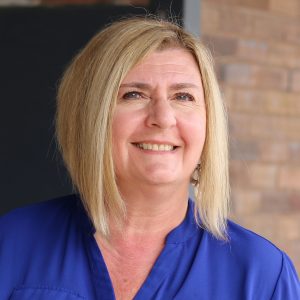Baby Boomers are well into the 50+ age group defined by AARP as aging. But we’re not old. And we will never be old.
We are not like prior generations that went quietly, or not so quietly, into nursing homes. We don’t need them, since we don’t plan on getting old.
That was a huge challenge for AARP. A few short years ago they were a dull and bureaucratic organization helping old people get discounts on stuff and rolling around in advocacy issues for the aged. When the huge population of Baby Boomers came along, AARP was shunned like a day-old donut at a baker’s convention. And with UN estimates reporting that the number of people worldwide aged 60 years and older will double to more than 2 billion by mid-century, something had to change.
In late 2014, Jo Ann Jenkins was appointed CEO of the organization. She was the first female to be permanent chief executive of AARP and she had a vision. How can you help a population of people who are determined to never need your help? You have to find a way to become relevant to them. You have to disrupt the paradigm. And that’s what she’s attempting to do with her battle cry of “Disrupt Aging.”
For the past two years, Jo Ann has been busy turning the leviathan known as AARP, and she’s done an impressive job of leading social change. What used to be stuffy and unrelatable is now familiar and even appealing. She has revamped their tired and raggy old magazine to make it vibrant and compelling, and she runs TV ads with a youthful and vibrant feel.
Jo Ann has even employed a clever strategy for getting the business world to help further her efforts. She has created a startup contest for companies creating products to help the “aging population” of folks 50+. Eligible startups must solve a need related to one of the key challenges reflected in their award categories: daily essential activities, caregiver quality of life, health and safety awareness, care coordination or social well-being and transition support.
While they are aware that $10,000 is really not enough to “move the needle” even for a startup, the press attention it will get AARP will garner them far more of an ROI than the out of pocket investment.
Jo Ann’s initiatives have taken the world of aging by storm, yet all of this activity begs the question, will this social change effort of turning a once dowdy organization into a younger and hipper business model serving the needs of a younger, hipper demographic still be able to serve the needs of the older end of the spectrum? Can AARP be all things to all aging people?




